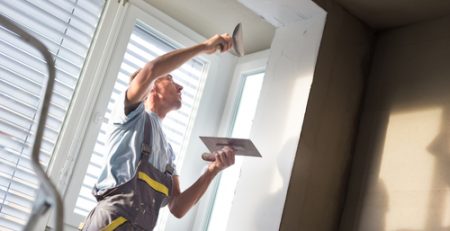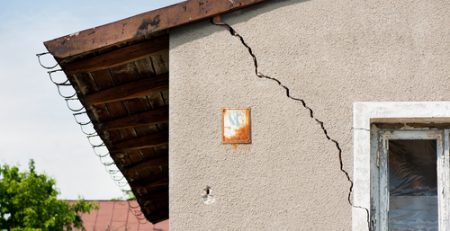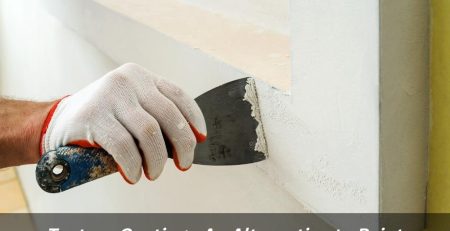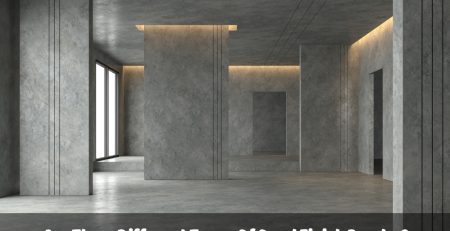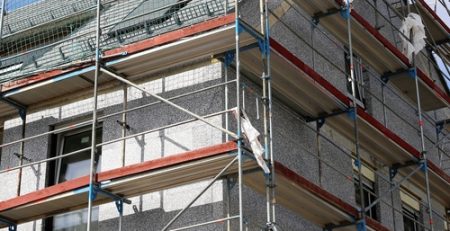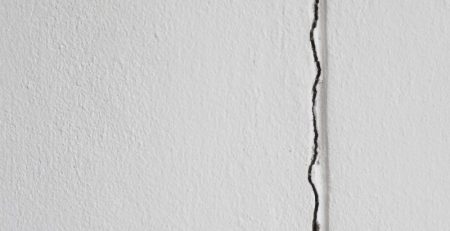Is It Advisable To Patch Wall Cracks Without Assessing Them?
Wall cracks are common in many homes, especially in older properties or areas with fluctuating climates. Homeowners often feel tempted to patch these cracks quickly and move on. Whether it’s a hairline whisper or a wider gap, the urge to grab some patching compound and fix it yourself can be intense. But hold on a second! Before you become a weekend warrior with a spackle bucket, consider this: patching wall cracks without assessing them first could be a recipe for disaster. This article explores the importance of evaluating wall cracks, the potential risks of skipping assessments, and the benefits of professional repairs.
Why should you assess wall cracks before repairing them?
There are several reasons why a professional assessment is crucial before tackling wall cracks:
- Identifying the cause: Cracks can be caused by various issues, from normal settling to foundation problems. A professional can diagnose the root cause and recommend the appropriate repair strategy.
- Assessing severity: Not all cracks are created equal. A minor hairline crack might need a simple patch. In contrast, a more significant, jagged crack could indicate a more serious structural issue.
- Preventing future damage: Patching wall cracks without addressing the underlying cause only masks the problem. It could worsen, leading to more extensive and expensive repairs later.
What are the common causes of wall cracks?
Understanding the culprit behind your wall crack is vital to a successful fix. Here are some common causes:
- Settling: Minor cracks can appear as house ages and settles into its foundation. These are usually nothing to worry about.
- Foundation issues: More serious cracks, especially those diagonal, horizontal, or broader than a hairline, could indicate foundation problems like movement or shifting.
- Moisture issues: Leaks, poor drainage, or condensation can lead to cracks as moisture expands and contracts within the walls.
- Shrinkage: During drying, shrinkage of building materials can cause hairline cracks, particularly around doorways and windows.
Can patching wall cracks without a professional assessment lead to more significant issues?
Absolutely! Here’s why:
- Missed underlying problems: Patching covers the crack, not the underlying issue. This can lead to the problem worsening and causing further damage to your walls or foundation.
- Wasted time and money: A temporary patch might fail if the root cause isn’t addressed. This means spending more money later on for proper repairs.
- Safety risks: In severe cases, structural cracks can compromise the stability of your home. Ignoring these could lead to safety hazards.
Document the issue thoroughly if you suspect structural damage due to wall cracks. Understanding the terms and conditions of home insurance claims for structural damage will help you navigate the claims process effectively.
How can professional wall crack repairs prevent future problems?
Getting a professional assessment and repair offers several benefits:
- Correct diagnosis: A qualified professional can pinpoint the exact cause of the crack and recommend the most effective solution.
- Proper repair techniques: Professionals use suitable materials and techniques to ensure long-lasting repair.
- Peace of mind: Knowing the cause of the crack is addressed gives you peace of mind and prevents future worries.

What are the best materials for repairing wall cracks?
The best materials for repairing cracks depend on the cause and severity. However, common materials used by professionals include:
- Joint compound: For minor hairline cracks.
- Flex Seal: For flexible patching in areas prone to movement.
- Epoxy resin: For larger cracks or those requiring structural reinforcement.
- Mesh patching: Used in conjunction with other materials for added strength.
Remember: Don’t attempt to use a one-size-fits-all approach. Consulting a professional ensures they choose the suitable materials for your specific situation.
Is wall rendering a better option than simple crack patching?
Sometimes, wall rendering can be more durable and aesthetically pleasing than patching cracks. Here’s why:
- Improved weatherproofing: Rendering creates a protective barrier against the elements, helping prevent future cracks caused by moisture or temperature fluctuations.
- Enhanced durability: Rendering is generally more resistant to cracking and damage than simple patching material.
- Increased curb appeal: Rendering can refresh the look of your house, adding value and curb appeal.
However, it’s important to note that rendering isn’t a magic solution for all cracks. If the underlying cause is structural, patching the crack with rendering won’t solve the problem. A professional wall crack assessment and repair is still crucial to determine the best action.
What are the most common mistakes when repairing wall cracks?
Here are some DIY blunders to avoid:
- Ignoring the cause: As mentioned earlier, patching without addressing the underlying issue is a recipe for future problems.
- Using the wrong materials: Not all patching materials are created equal. Choosing the right one can lead to a successful repair.
- Improper application: Skipping crucial steps like cleaning the crack or not applying the patch correctly can compromise the repair’s effectiveness.

How does climate impact wall crack repairs in sydney?
Sydney’s diverse climate can play a significant role in wall crack repair. Here’s why:
- Hot summers: The extreme heat can cause the expansion and contraction of building materials, leading to cracks. Proper insulation and ventilation can help mitigate these effects.
- Wet winters: Rain and humidity can contribute to moisture-related cracks. High-quality waterproofing and drainage systems are essential.
- Bushfire risk: In areas prone to bushfires, fire-resistant materials and regular maintenance are crucial to protect your home.
Can properly repaired wall cracks improve energy efficiency?
Yes, repairing wall cracks can improve your home’s energy efficiency in multiple ways:
- Reduced air leaks: Cracks can allow cool or warm air to escape, making your heating and cooling systems work harder. Properly repaired walls help maintain indoor temperatures.
- Better insulation: Using materials like polystyrene cladding or rendering can enhance the insulation properties of your home, leading to lower energy bills.
- Preventing moisture damage: Properly sealing cracks ensures moisture doesn’t seep into the walls, preventing mould growth, which can affect air quality and insulation.
Invest in your home’s future with expert repairs
Wall cracks should always be patched with a thorough assessment. Our professional wall crack repairs ensure that the root cause of cracks is identified and addressed effectively. Whether dealing with minor cracks or more significant structural issues, our experienced professionals provide reliable solutions using high-quality materials. From acrylic rendering to cement rendering and polystyrene cladding, we offer comprehensive services to keep your walls in top condition.
Don’t wait for cracks to worsen—contact Jims Rendering Sydney for expert wall crack repair and rendering services. We’ll provide you with the long-lasting solution your home deserves.


